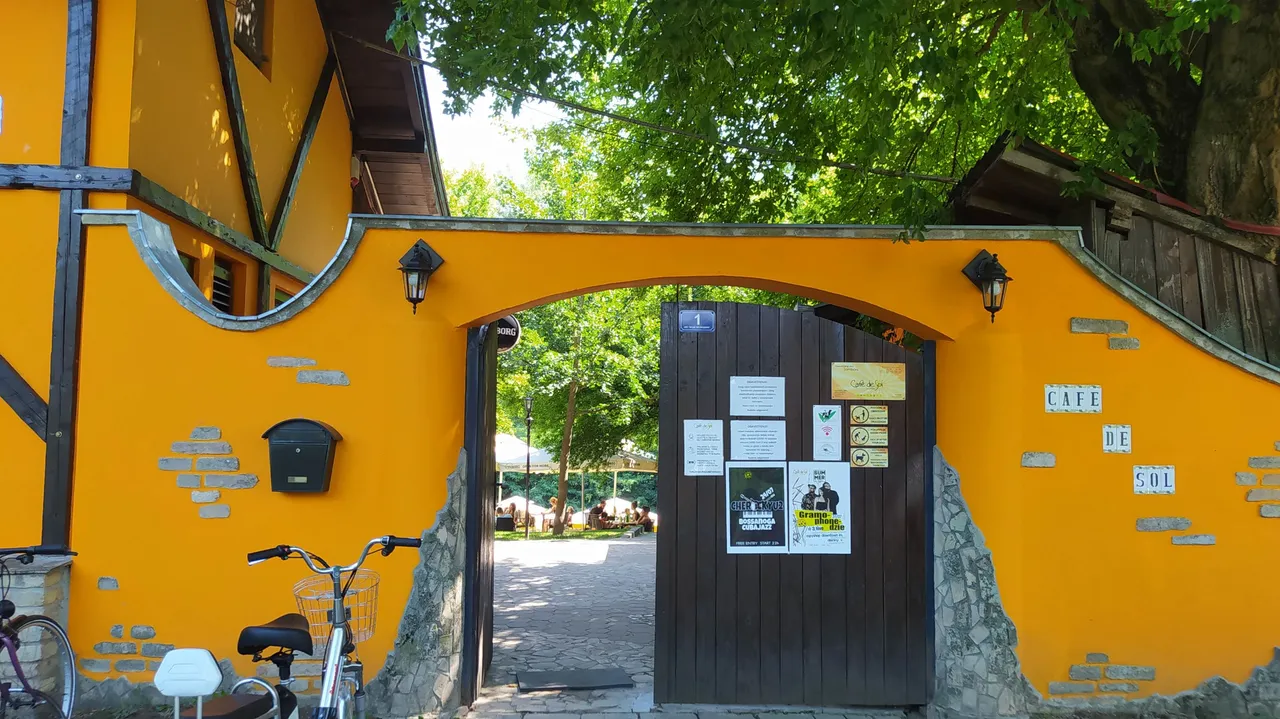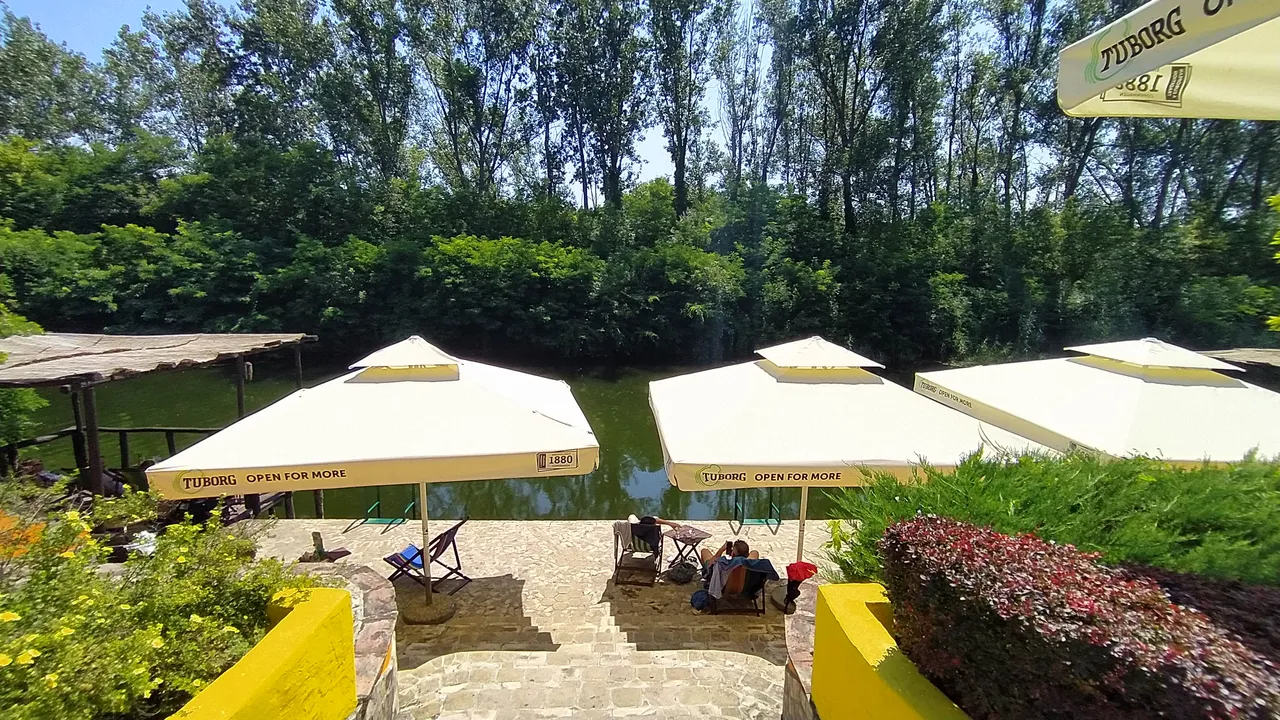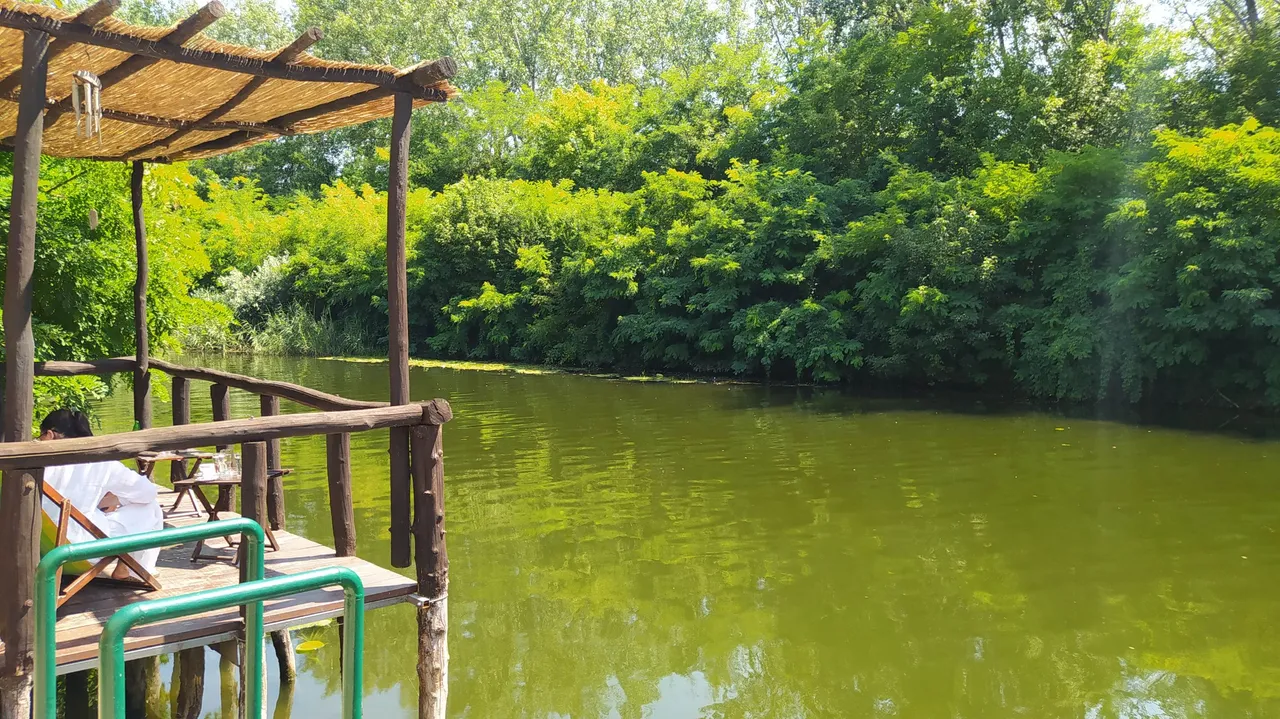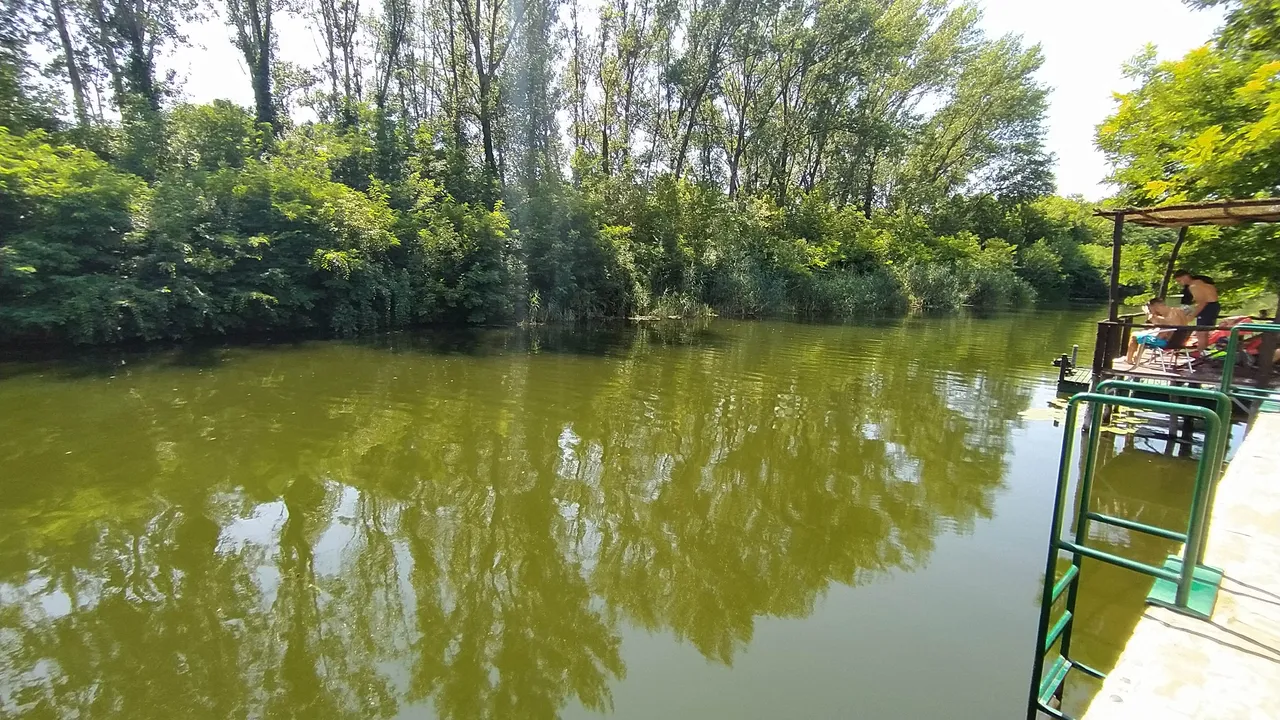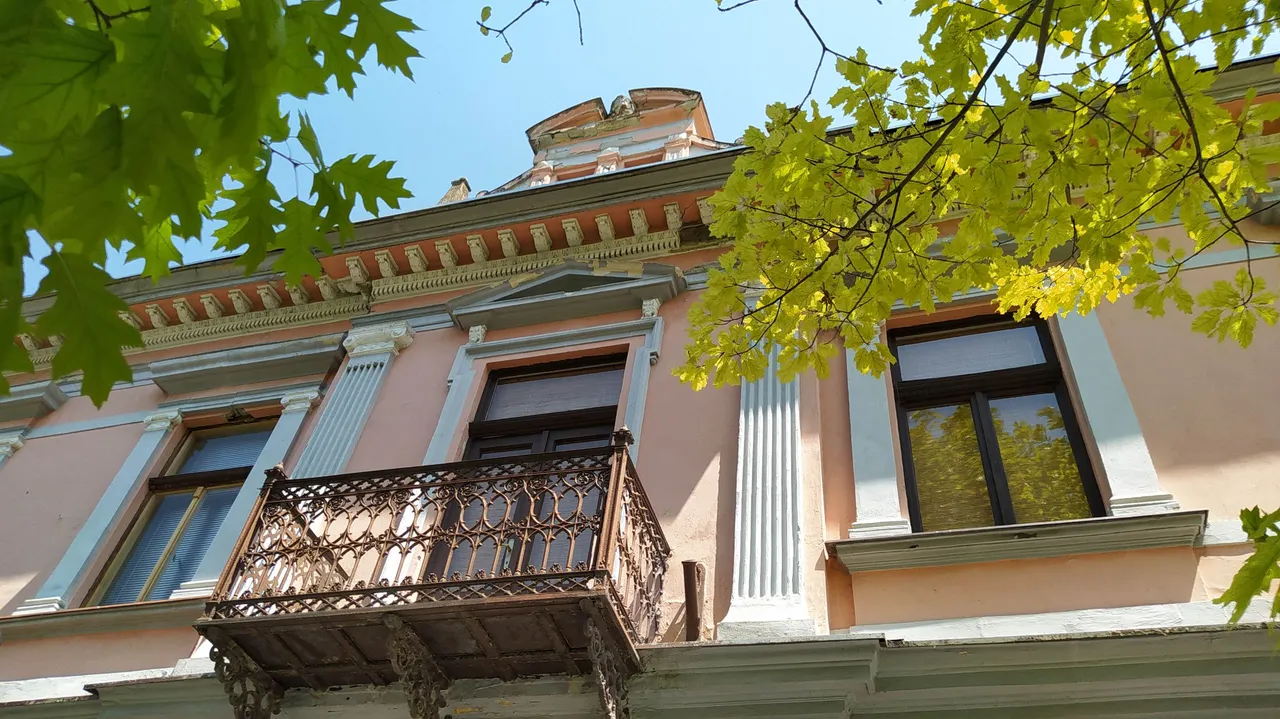
Summer. Morning. Walk. Old town. I love the combination of these words, as I really enjoy those morning summer walks in old towns. Especially, I like to hear swallows flying in the streets between old buildings, the sound of fountains and the smell of water, looking for shade under the canopy of trees and next to houses, having ice cream along the way and looking at the facades of old buildings in the city centre. Are you also a fan of such summer mornings or would you rather spend your time in the beach of some of the coastal cities? If you are for the first option, then feel free to continue reading this post. Because we can go through the history of an old city like this now.
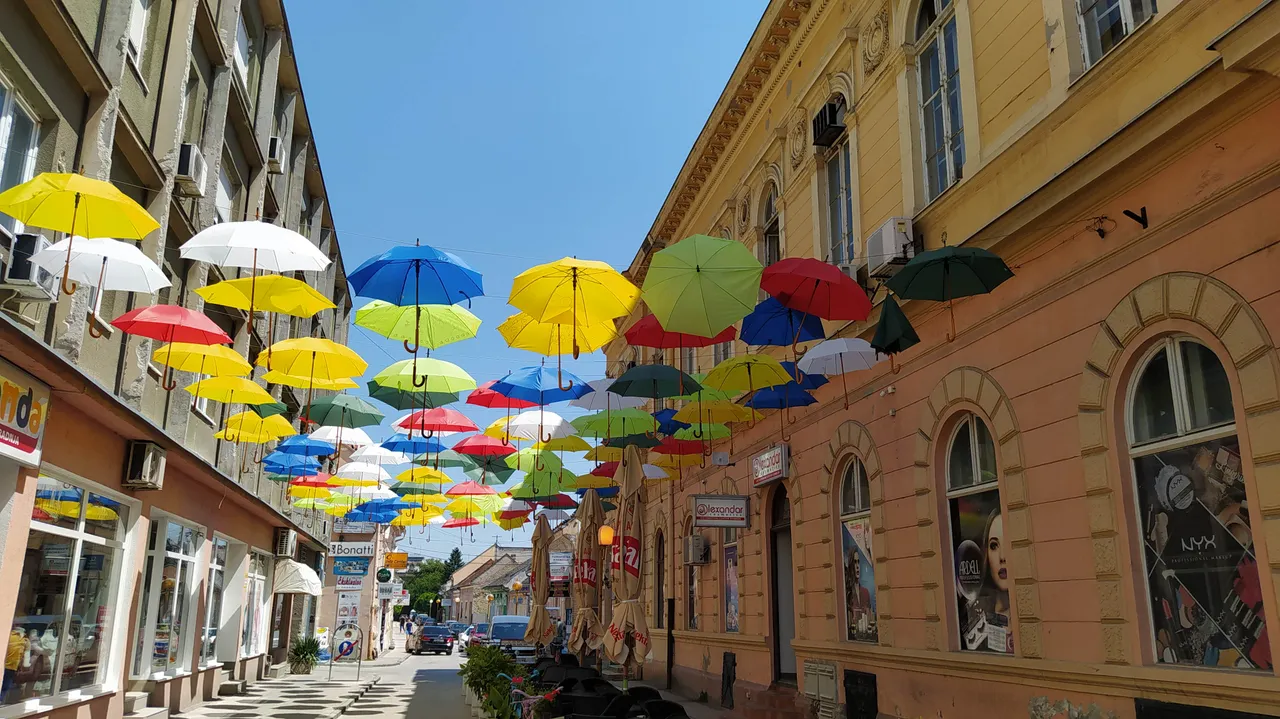
In this tour you can get to know the city of Sombor, situated in the northern part of Serbia. The city has about 47 thousand inhabitants, while with the surrounding settlements that belong to the administration of Sombor, that number reaches over 80 thousand.
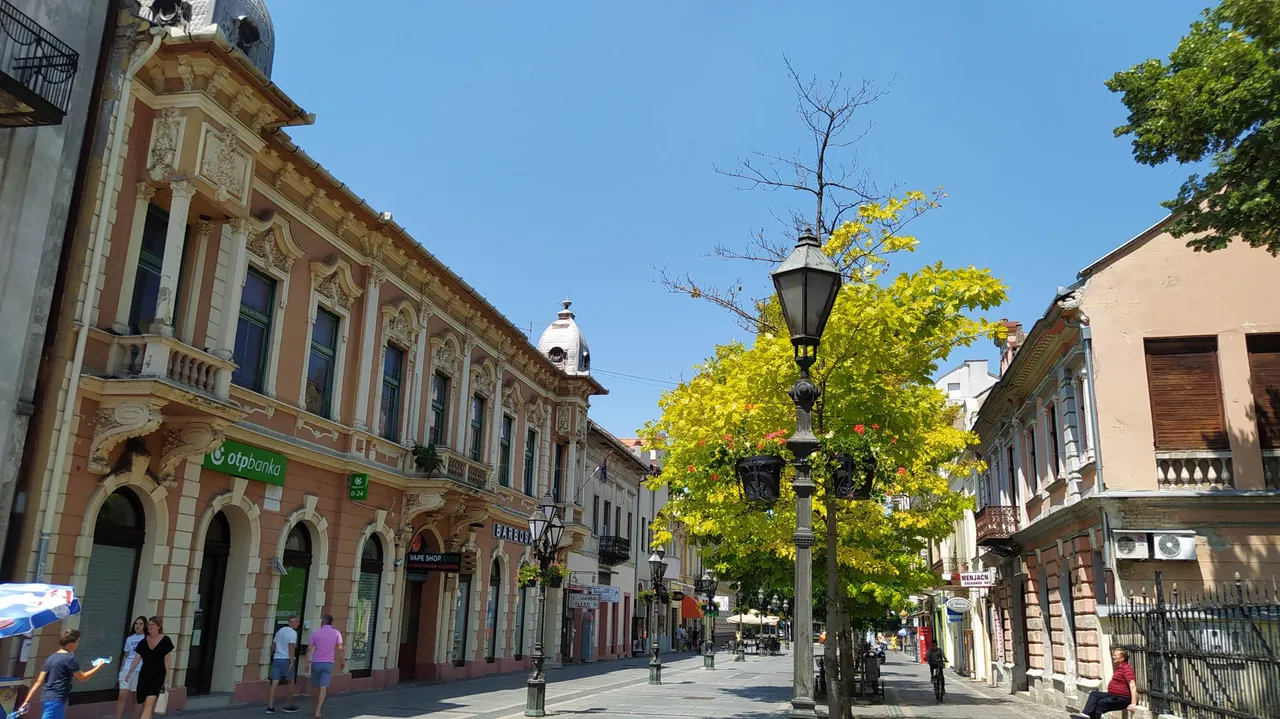
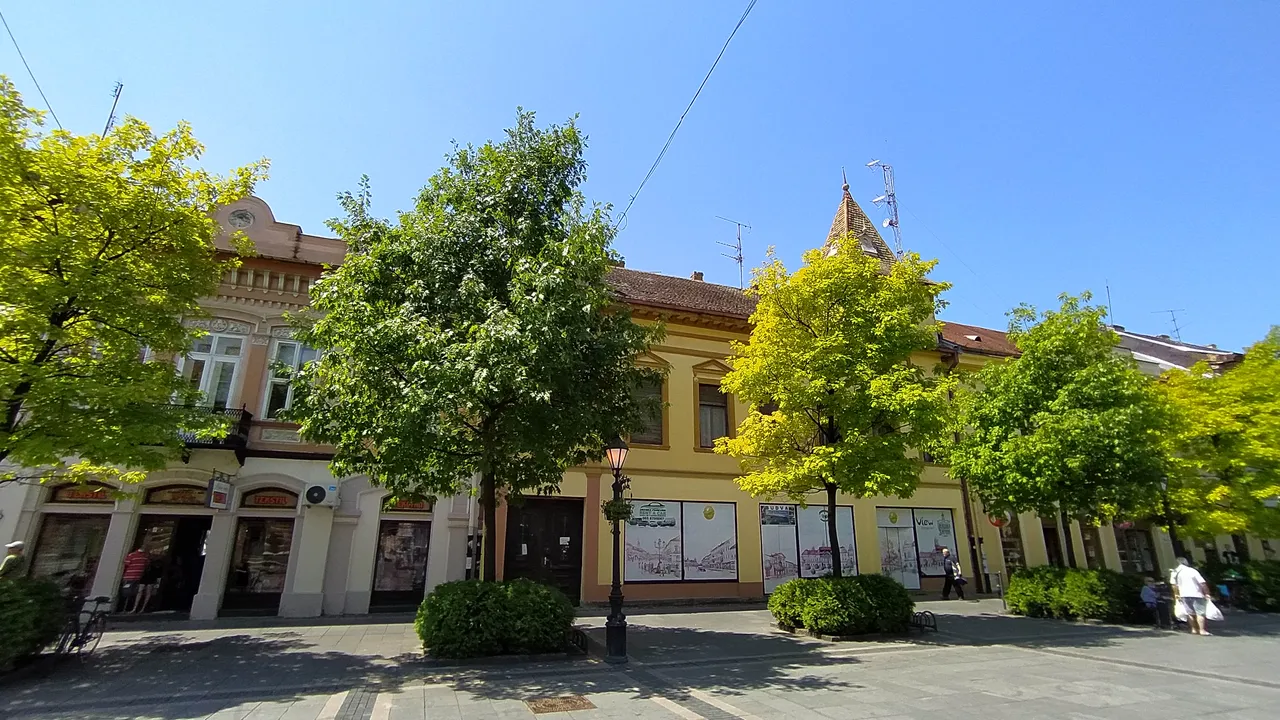
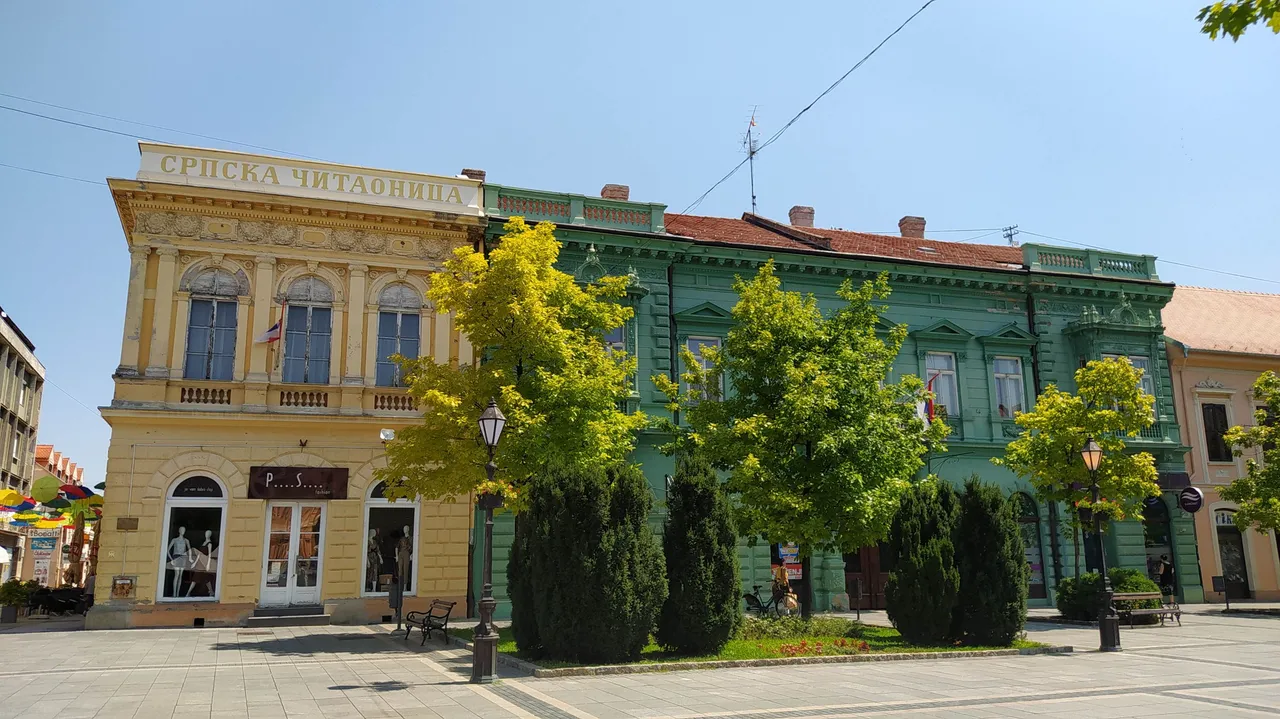
The city center got its present appearance only a couple of centuries ago, with its characteristic buildings and trees in front of them. Following the example of the great European cities of the Habsburg Monarchy, the first city promenade was built in Sombor in the middle of the 19th century. Through these walks in the city promenade you can ask yourself how these spaces came to be inhabited in the first place. Who were the ancestors of the people who live in this city today? History goes back a long way.
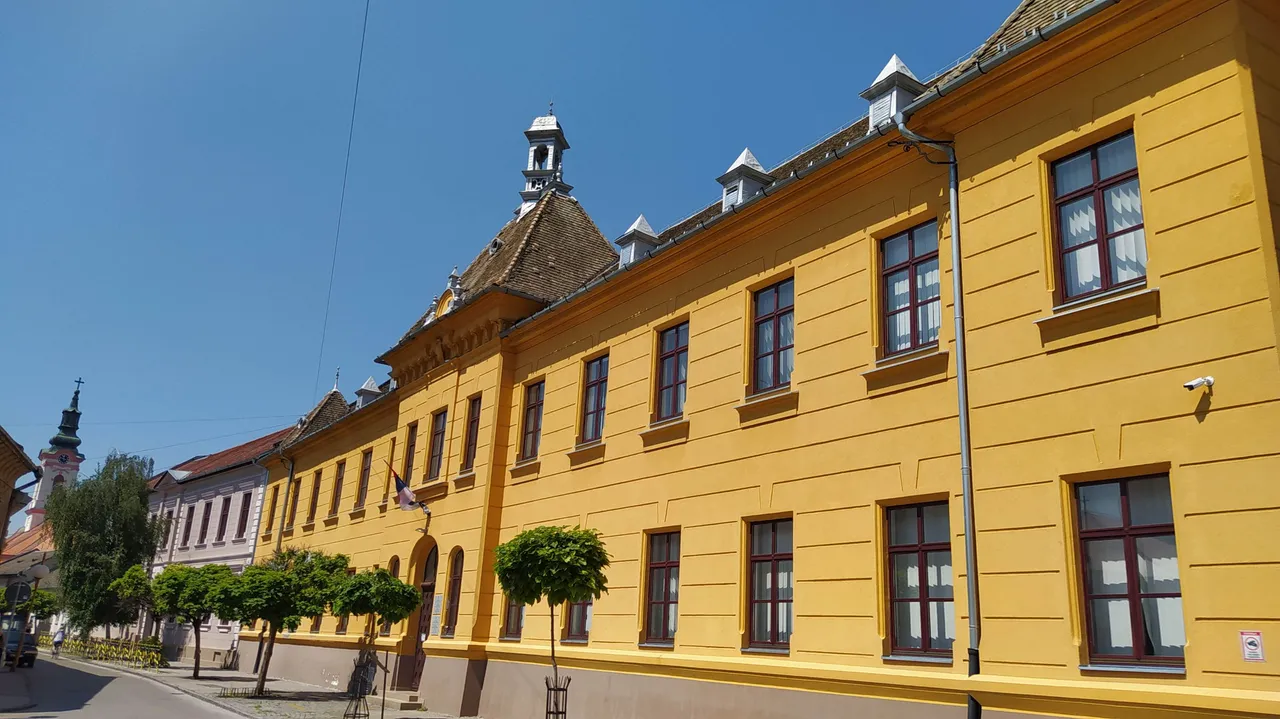

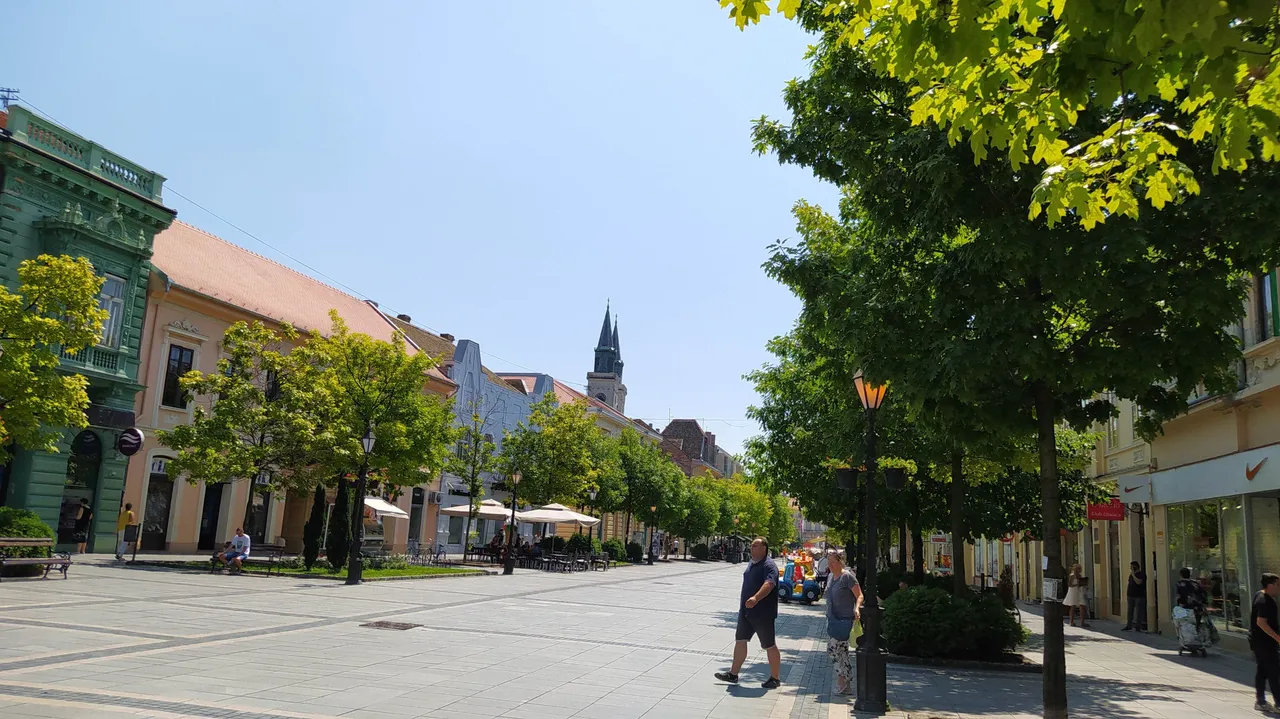
According to this source, at the transition from the old to the new era, this area was inhabited by Celtic and Dacian tribes. However, from the beginning of the first to the middle of the second century AD, tribes of Iranian origin penetrated the Pannonian Plain and the Danube region. Among them, the most numerous was the warlike semi-nomadic tribe of the Sarmatian Yazigi, who crossed the Danube and attacked the Roman province of Pannonia. Following the example of the existing Celtic and Dacian population, the Yazigis eventually ceased to live in a nomadic way. Based on a significant number of archaeological finds, which are related to the period of Sarmatian residence, we can assume that in the area of today's Sombor, between the first and fourth century AD, there was a permanent Sarmatian settlement.
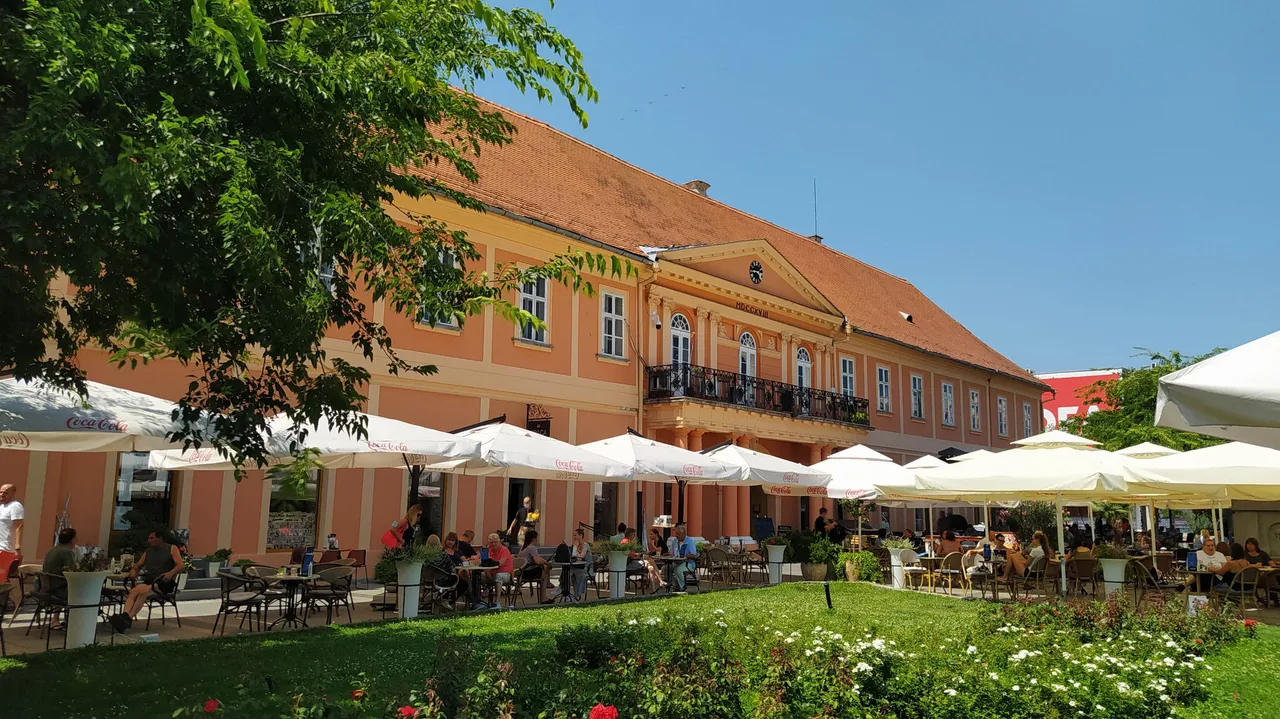

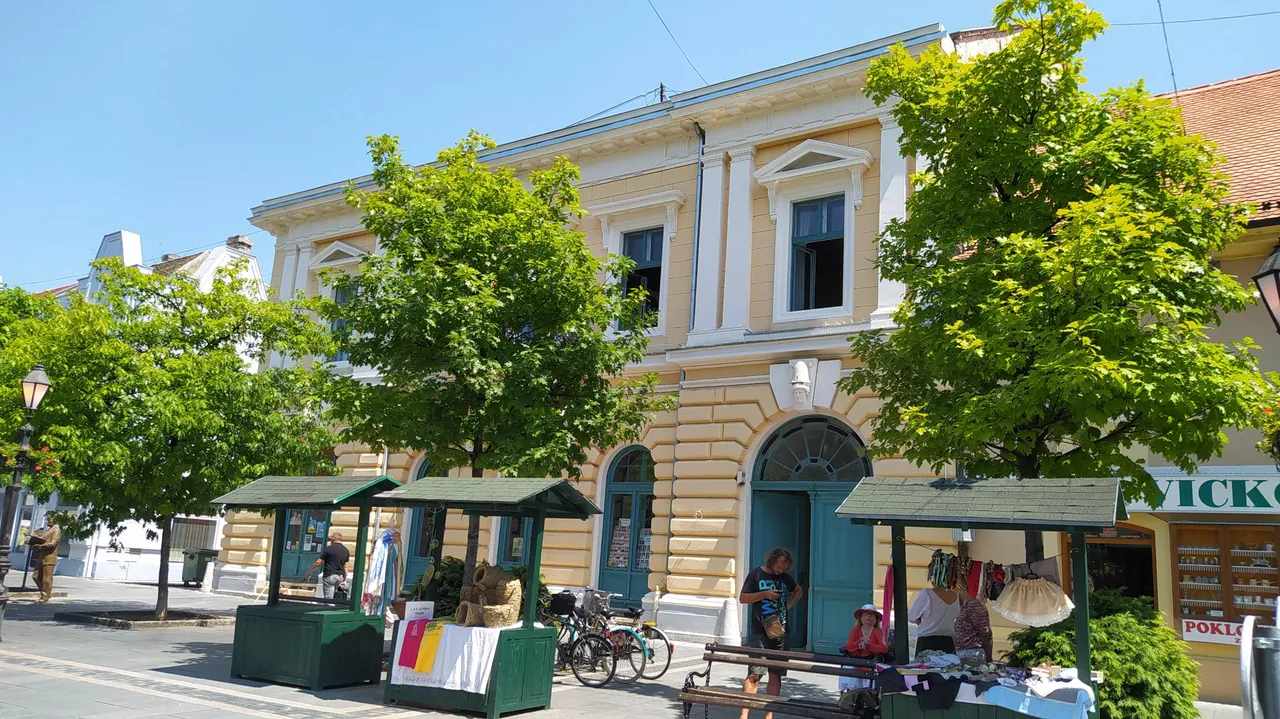
Many peoples passed through this area: Celts, Sarmatians, Huns, Avars, Mongols, Slavs and Turks. Now there is just a remote memory of those conquests and only a few monuments that could not let the memory fade away.

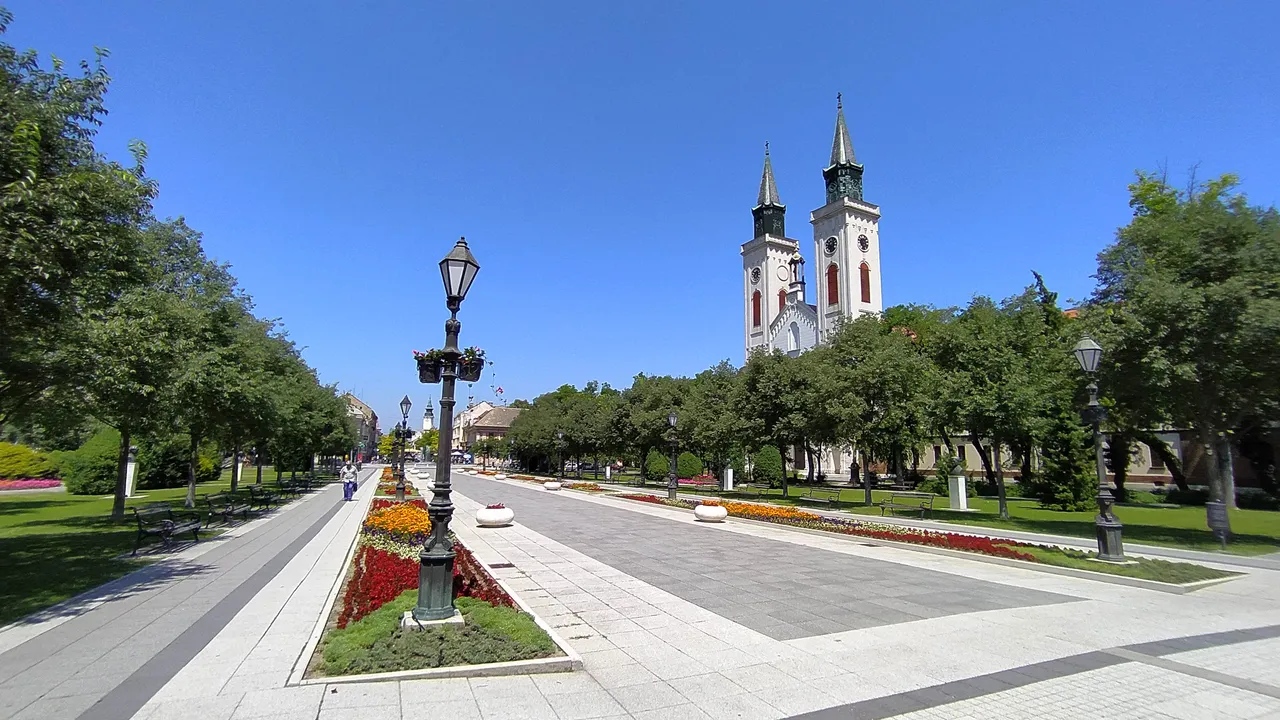
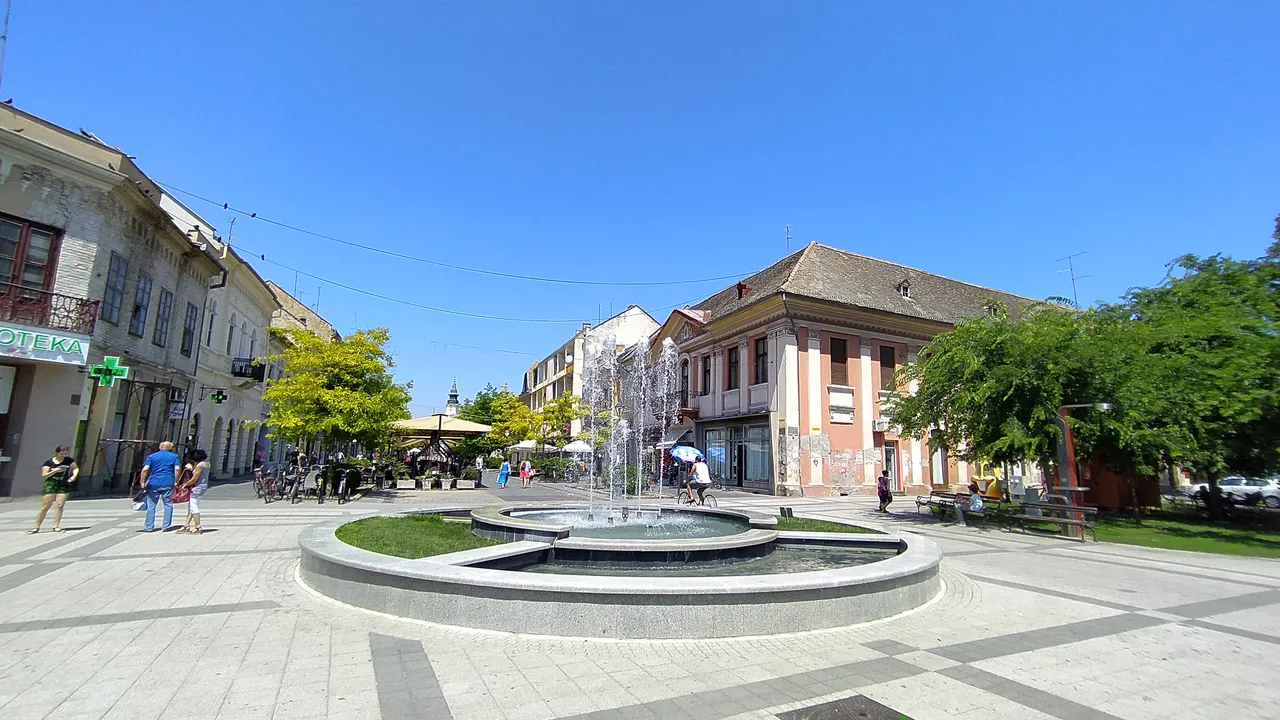
There were different opinions about the origin of the name of the city of Sombor. Based on the knowledge of the customs of the Turks not to change the toponyms in the conquered areas, it is considered that the name Sombor is of Slavic origin, from the time before the Turkish conquests.
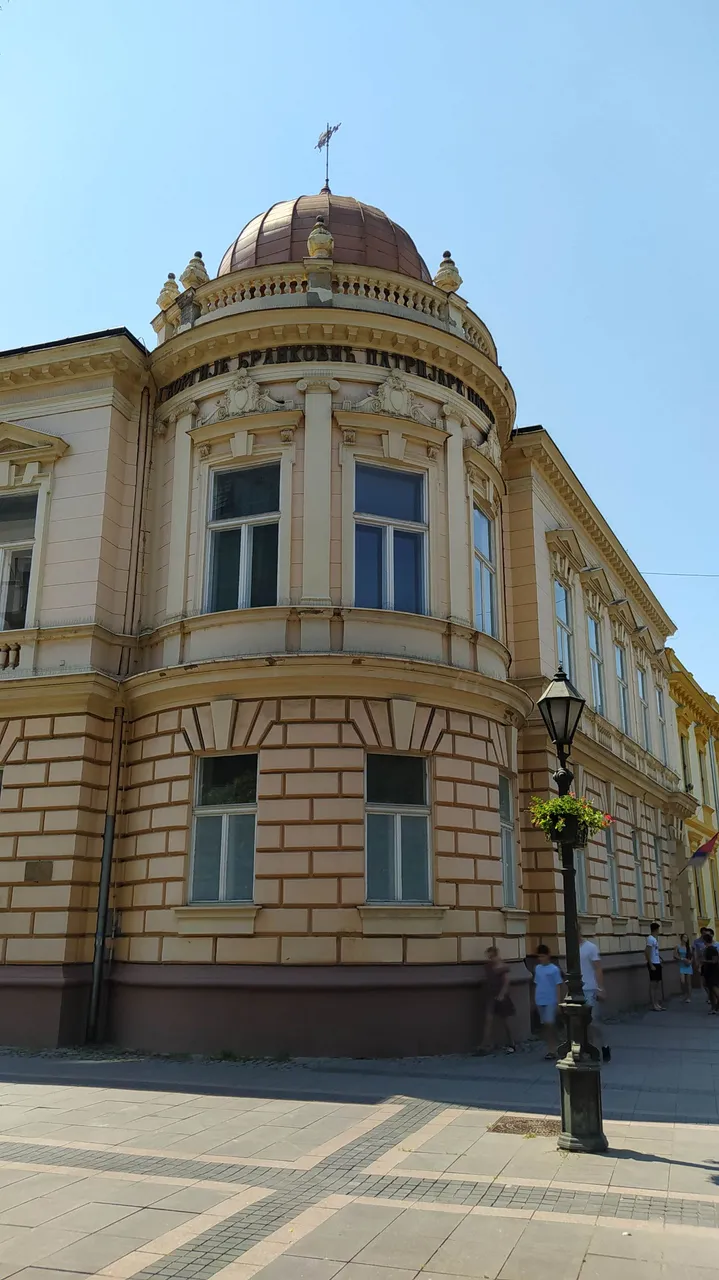
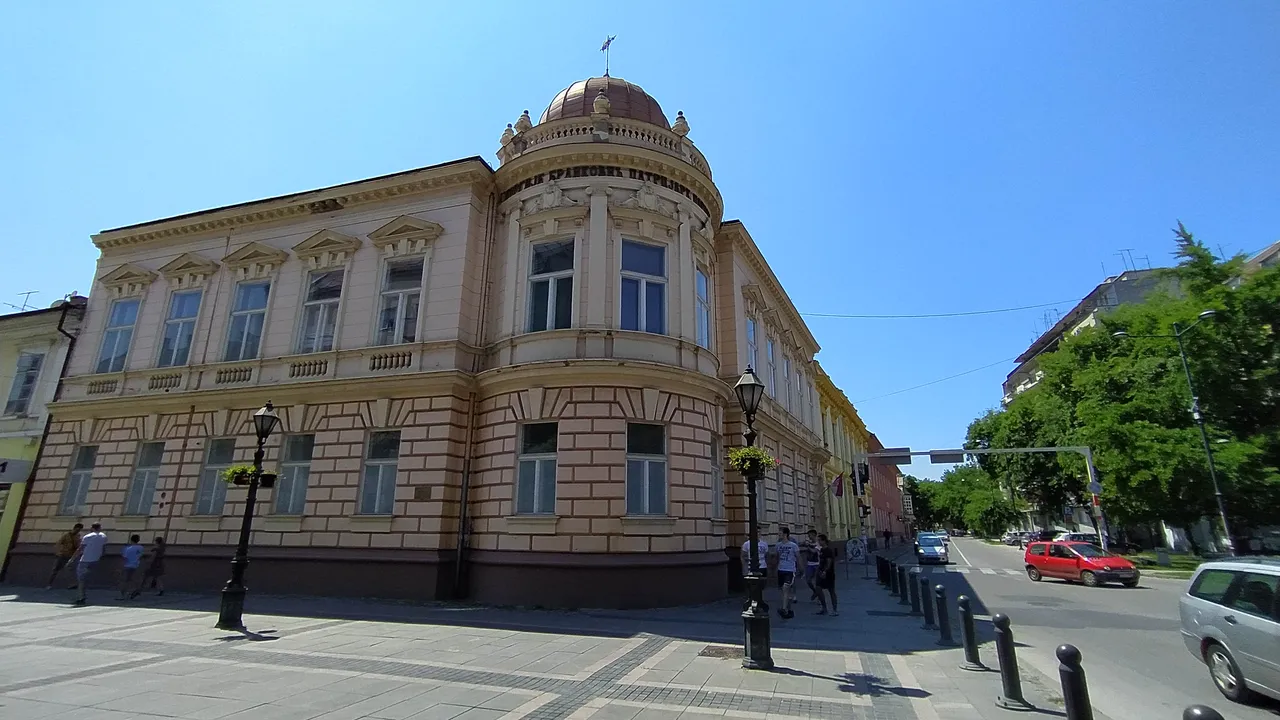

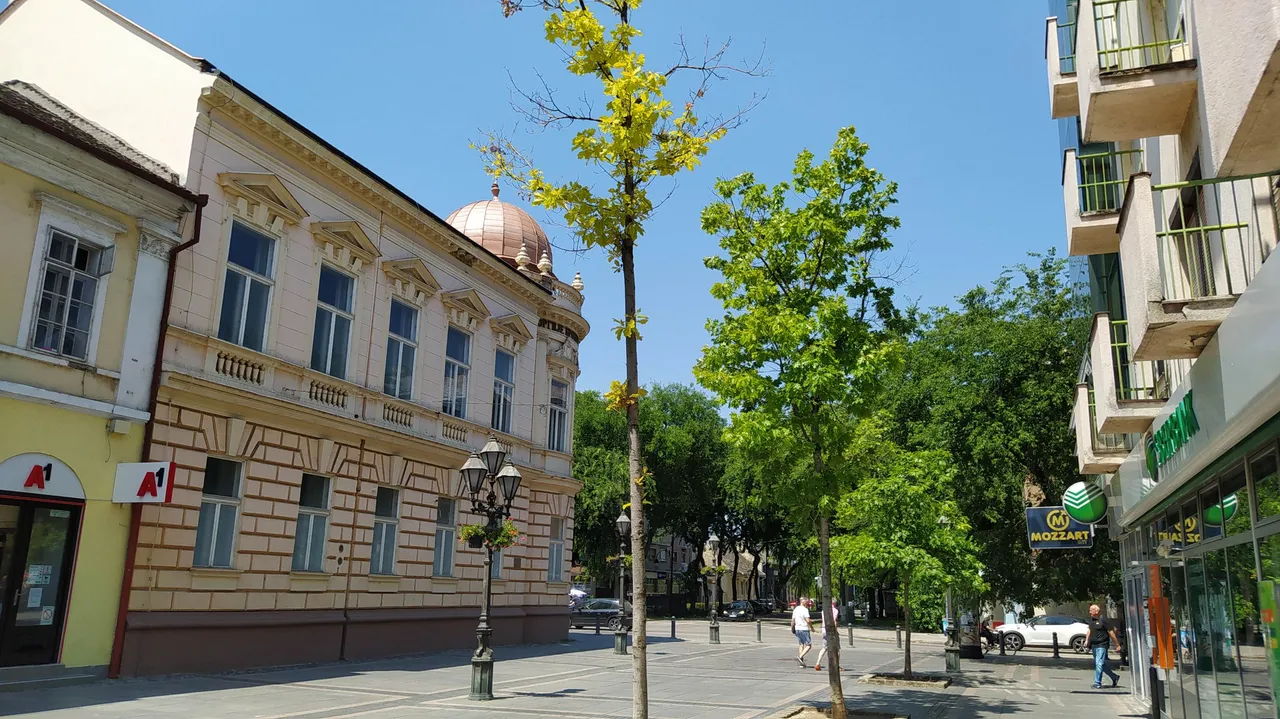
Slavs, and later Hungarians, and much later Germans and Jews started to form a more permanent ethnic image of the population of these areas, which is still valid today. You know, the people here are proud of the history and the long tradition of the pacific relations between different nations. Also, religious communities live in peace together, so we can see a lot of different churches in the city.

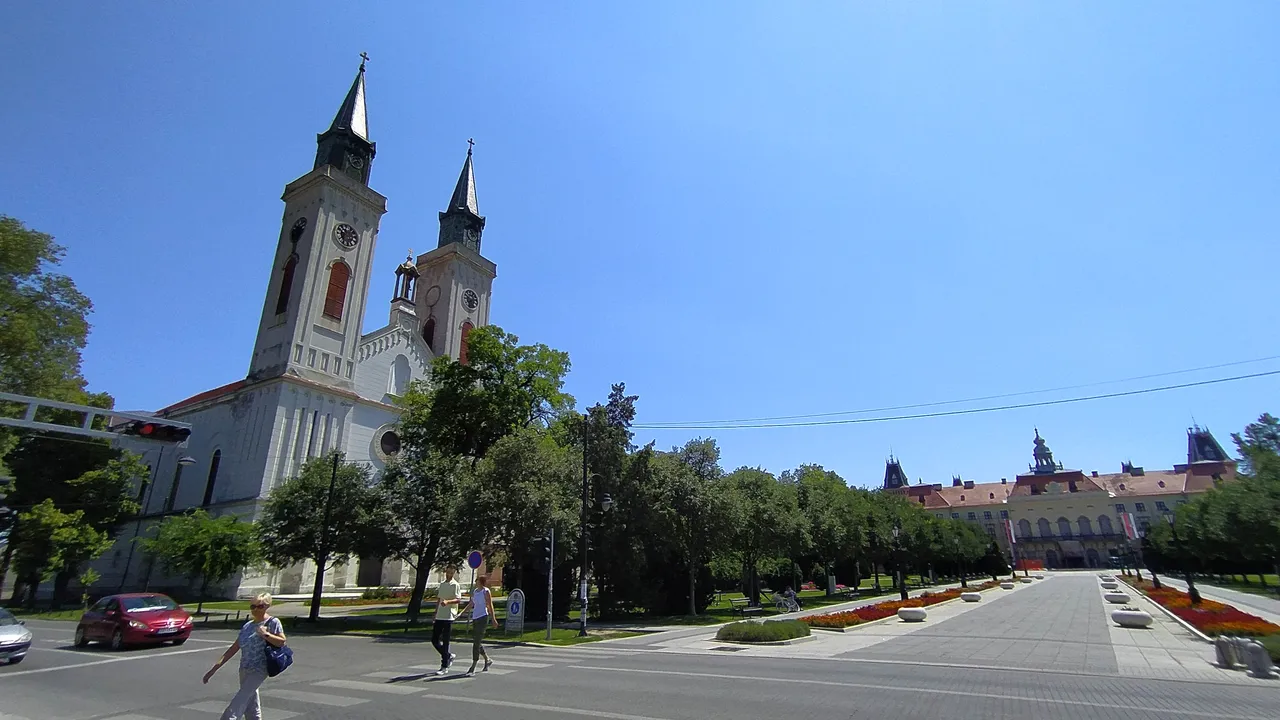
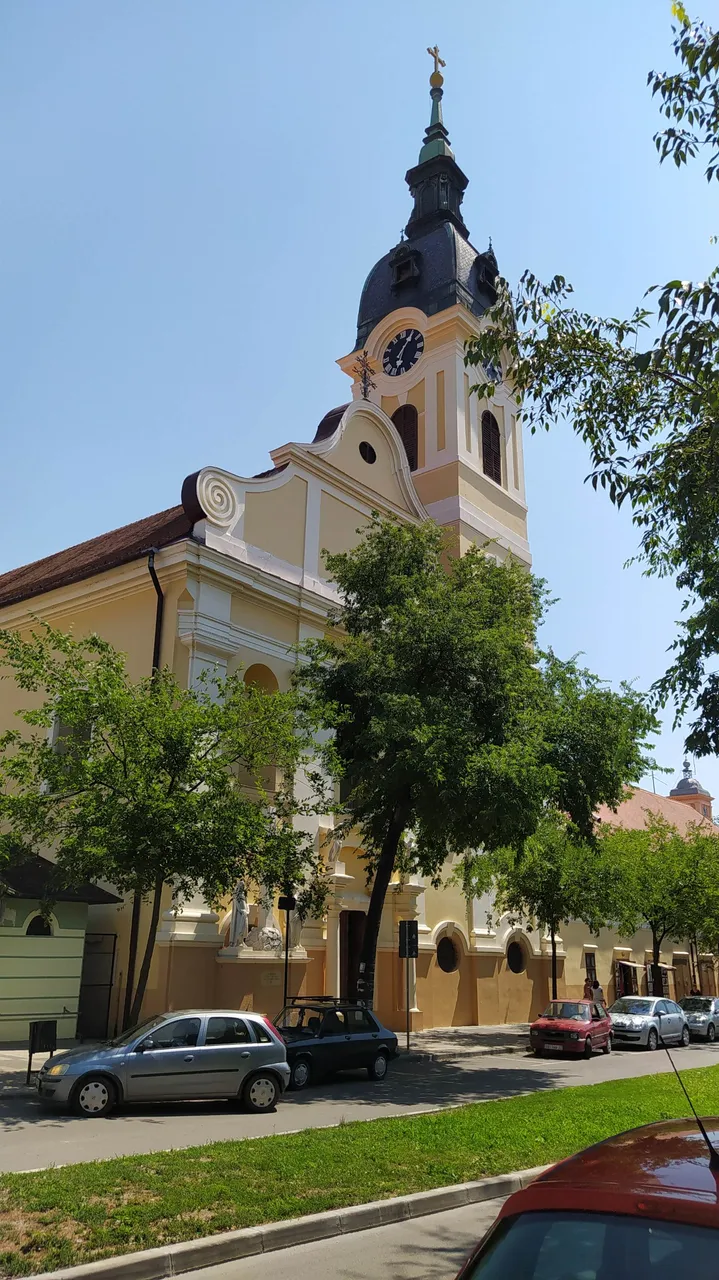
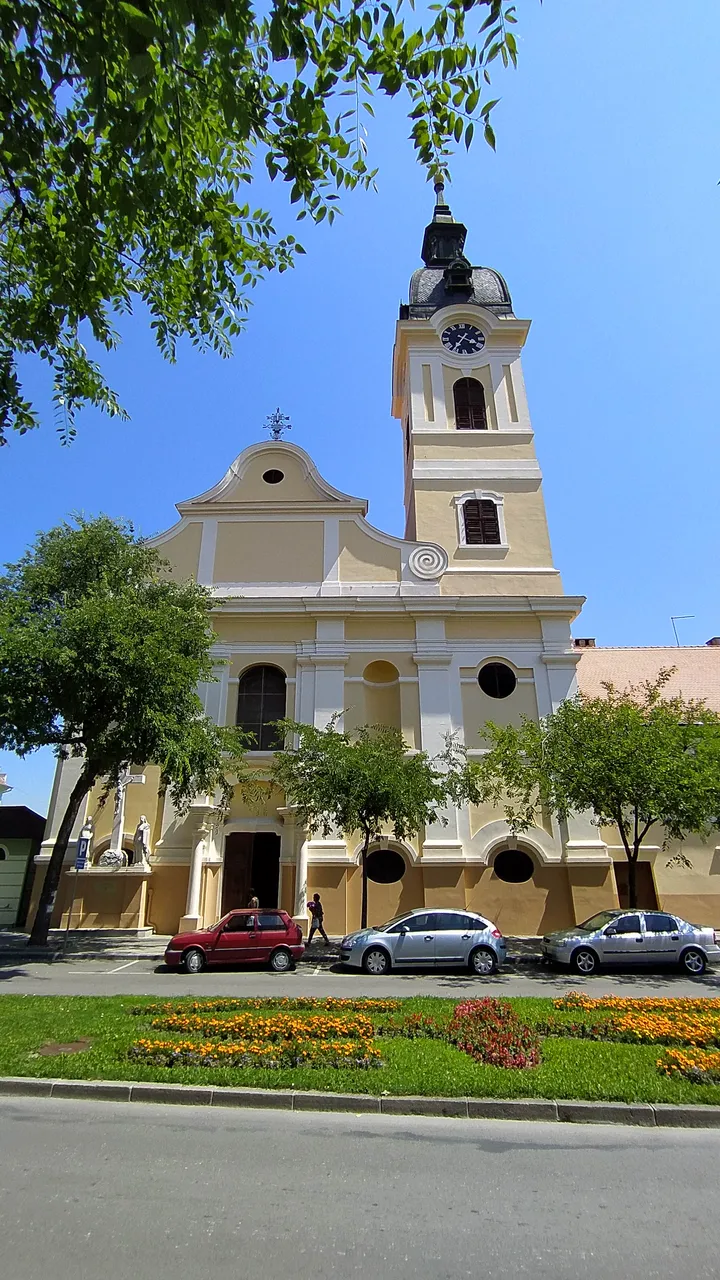

The appearance of the town hall is characteristic. The tall tower in the middle of the building, with a clock on it, is sure to provide an unforgettable view to visitors to Sombor. In front of the town hall, there is a wide square.
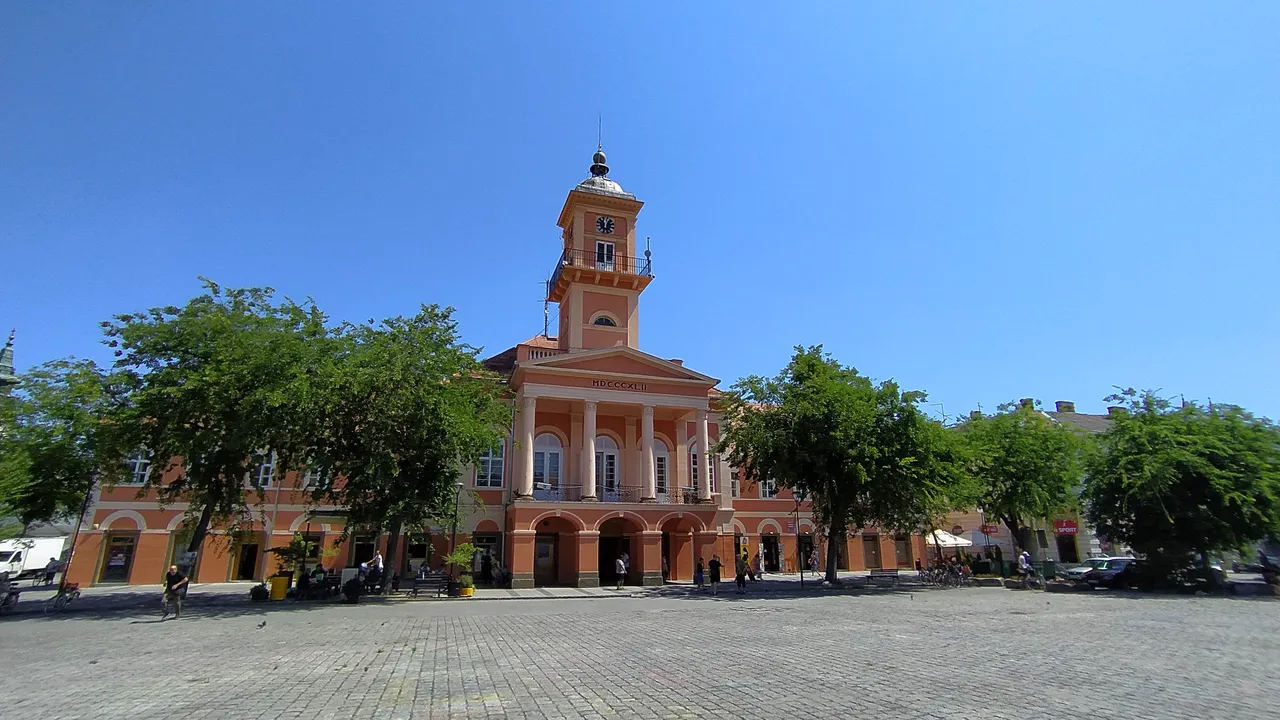
Sombor also offers a rich cultural life. Museums, theatre, city library, schools, film and music festivals... all you can visit in this city. And you can also see sculptures by some famous artists from the past.
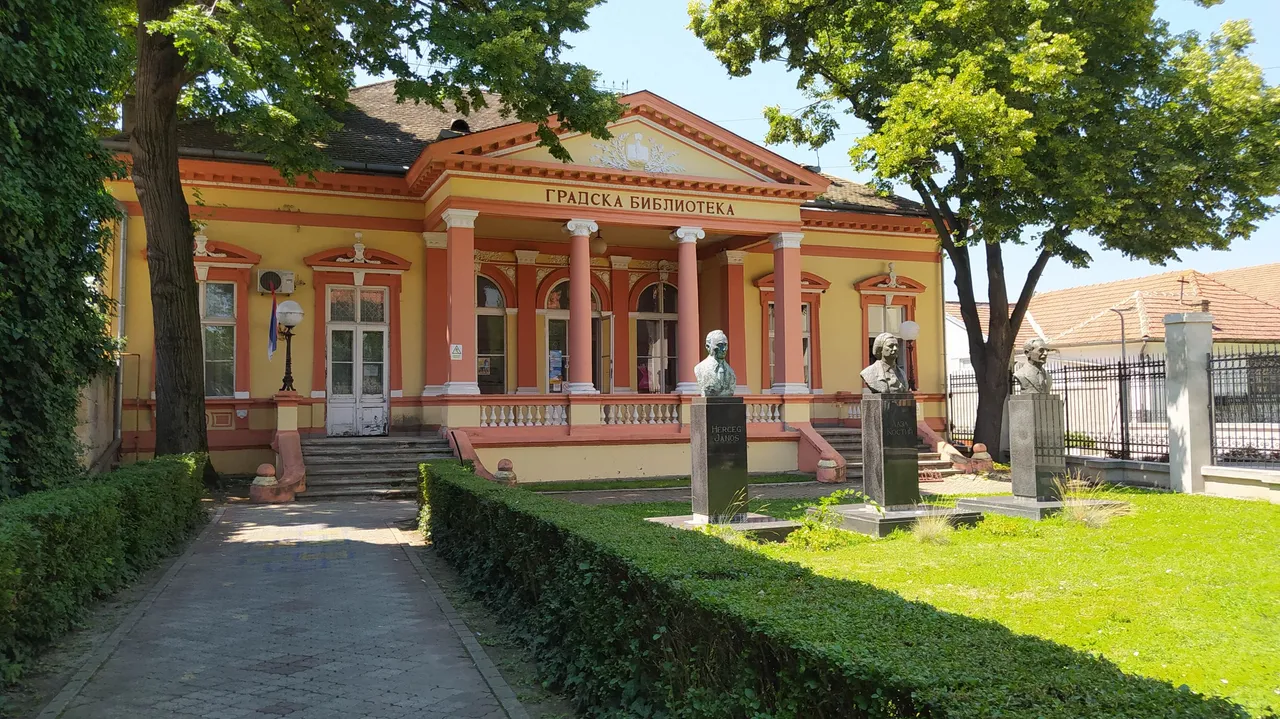
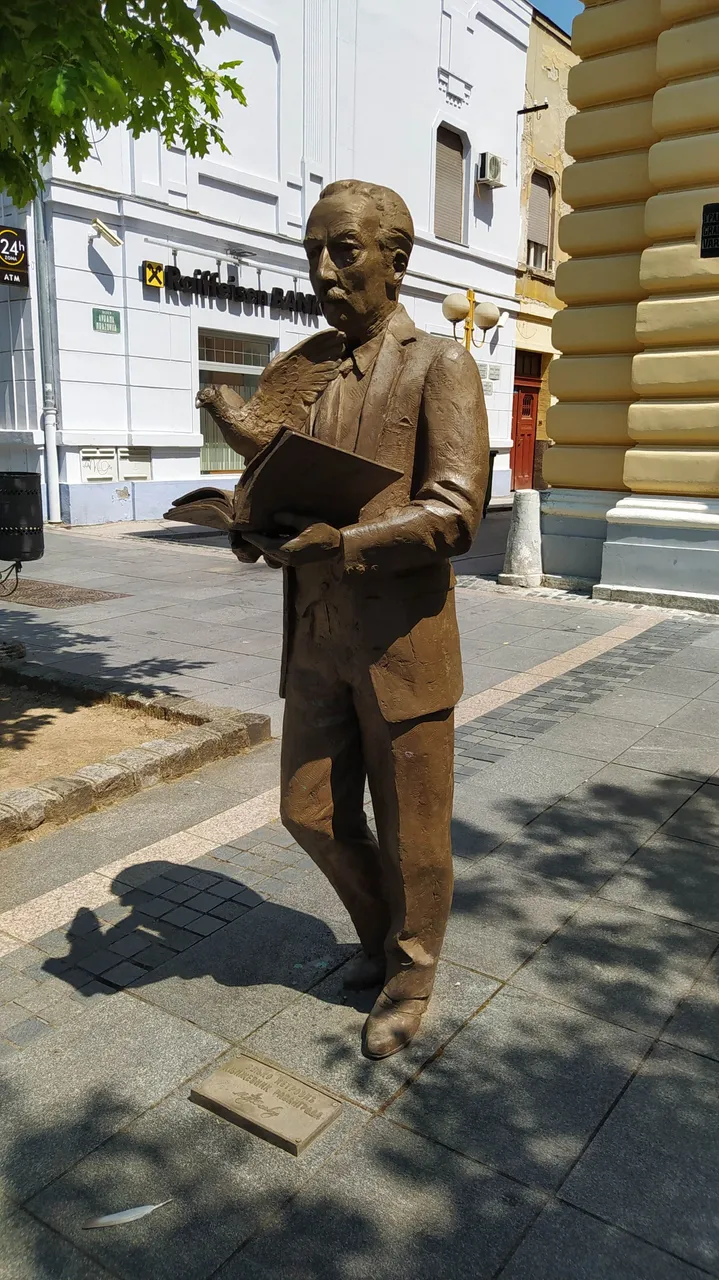
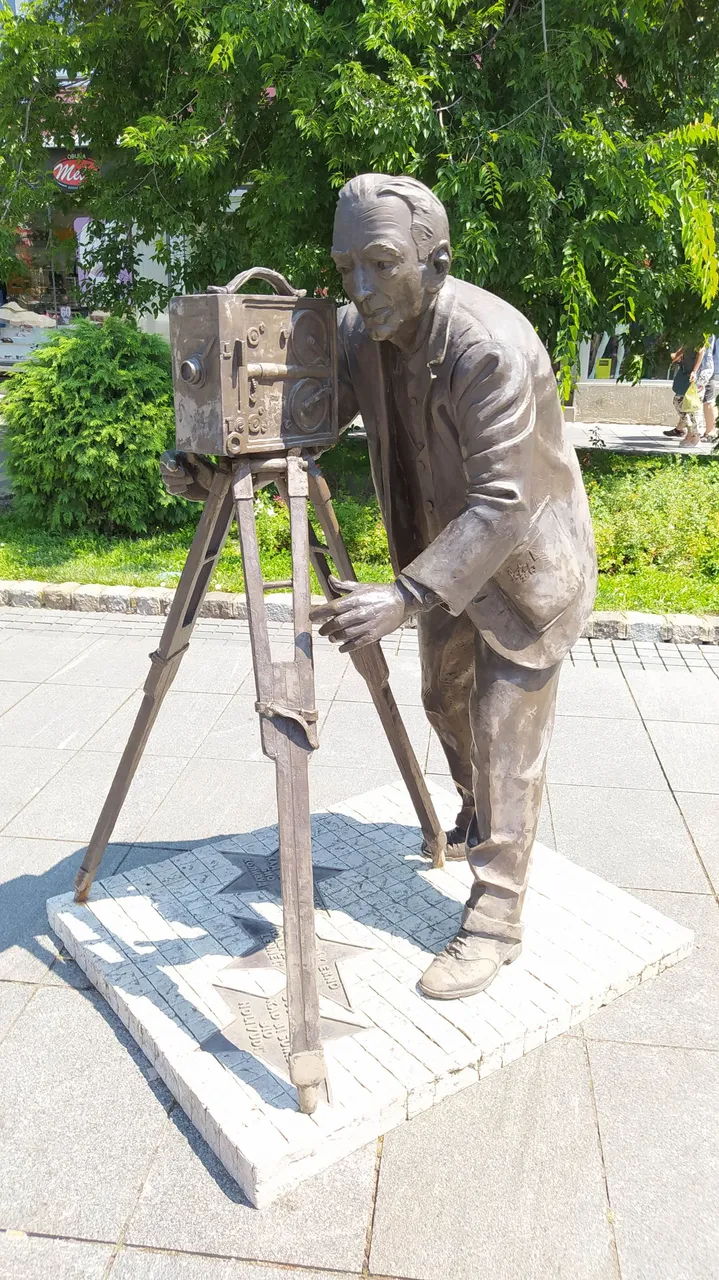
Young painters also found their way, decorating the walls of some buildings. I liked this big mural on the school wall, representing a boy, and also another smaller one not far from the theatre.
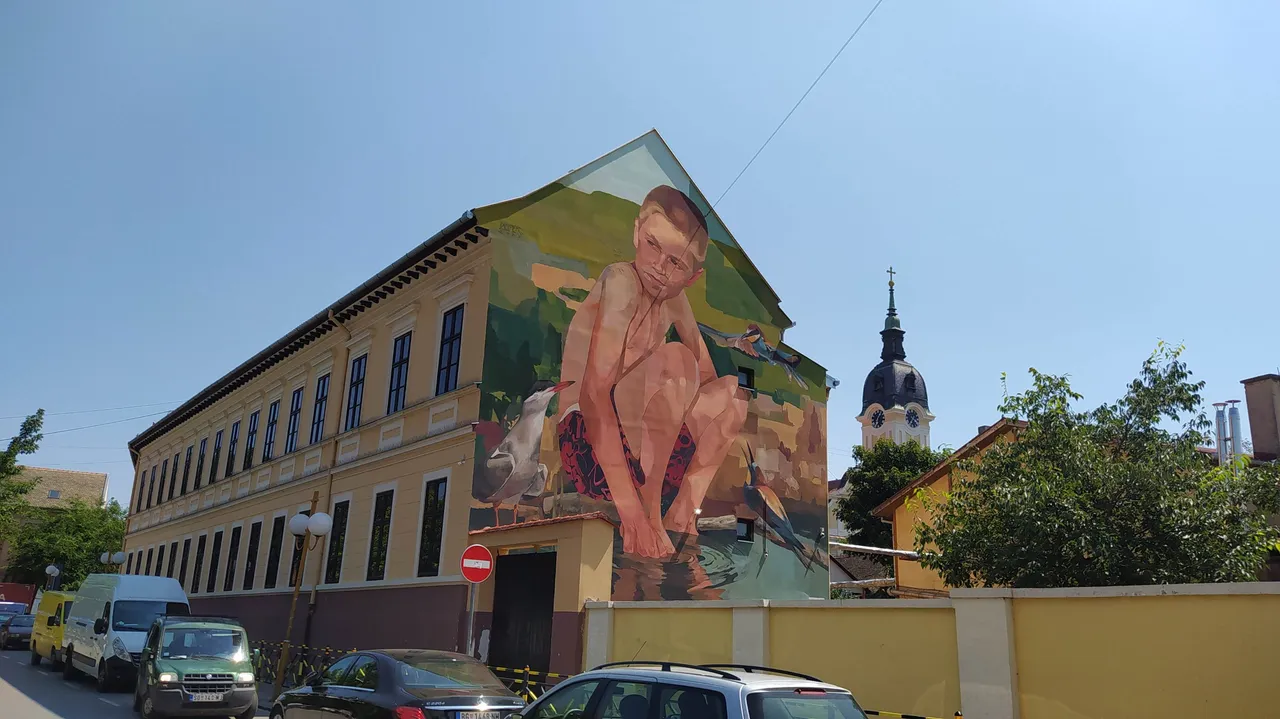
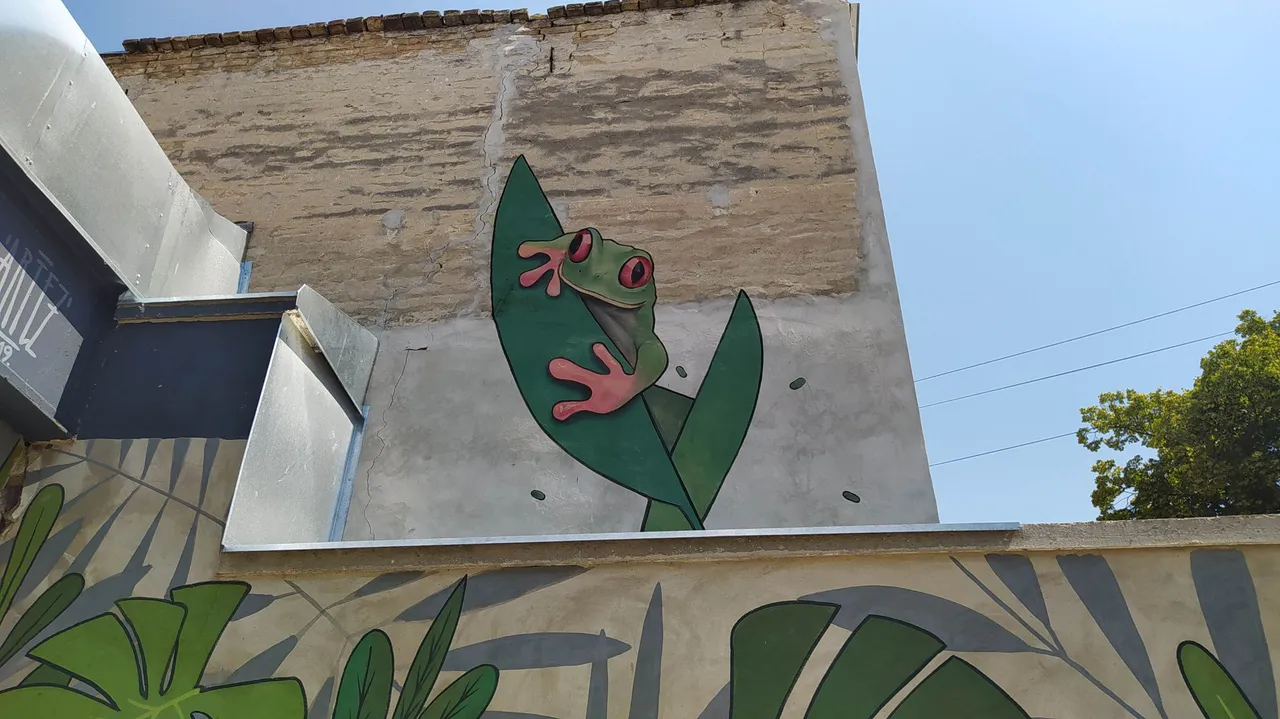
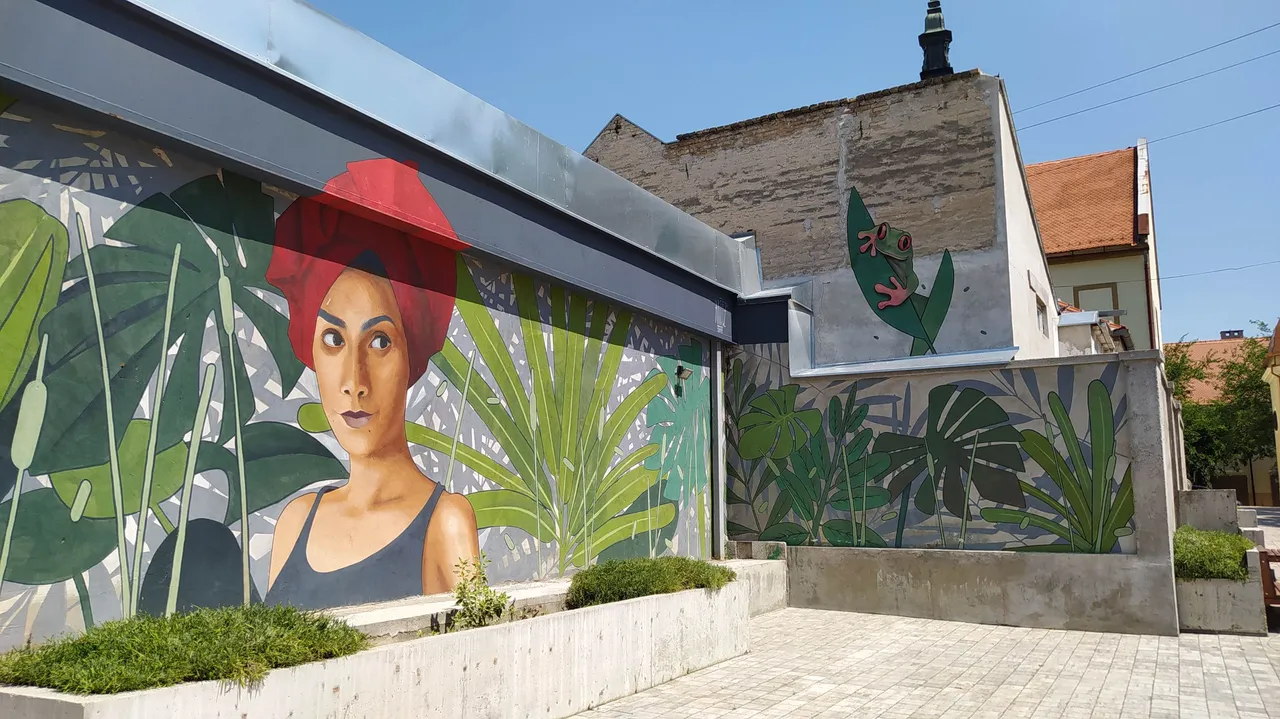
I visited the city centre, and made a handful of pictures, but I think that with these photos you can already imagine the atmosphere that this city gives. Elegant and old, although they try to keep up with modernization. Different ethnic and national groups, living in peace... At the end of our visit, we found a small restaurant on the shores of the Grand Backa Canal. A Spanish restaurant, or a bar, with the name Cafe del Sol. The menu said bilingually, in Serbian and Spanish, but in the end, we ordered a dish typical for this zone. It was a nice relaxing time, though if I would have with me a swimming suit, we could refresh ourselves in the water, as the others have done. Anyway, it was a nice time spent in this city of Sombor, Serbia.
